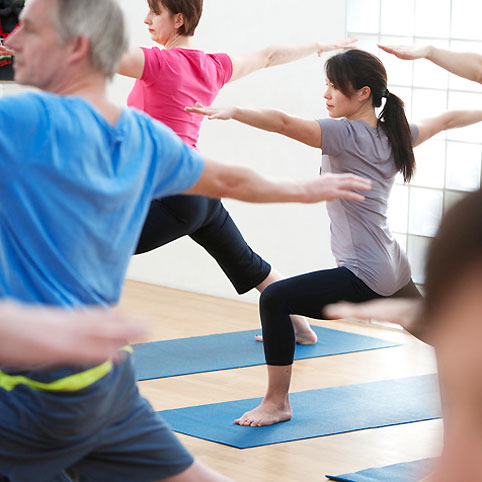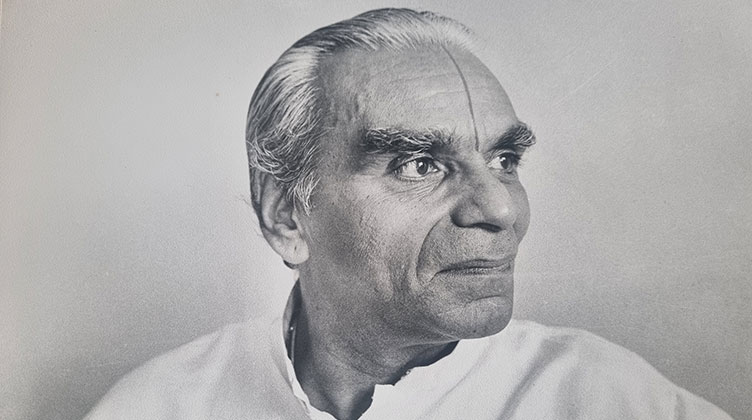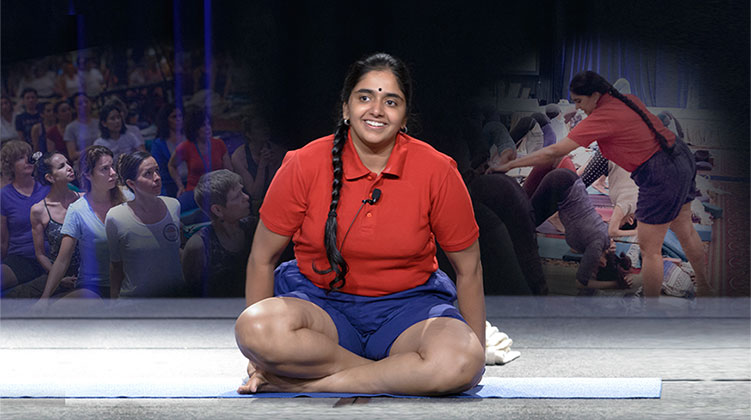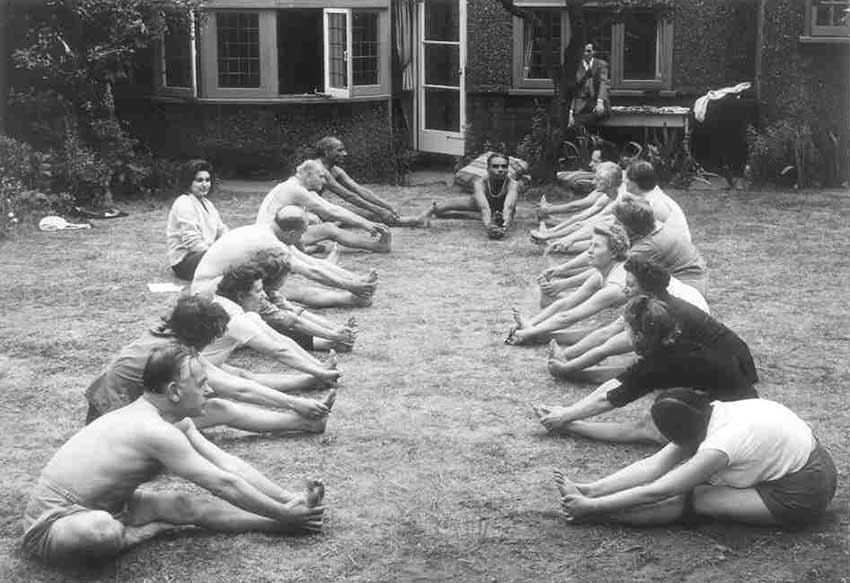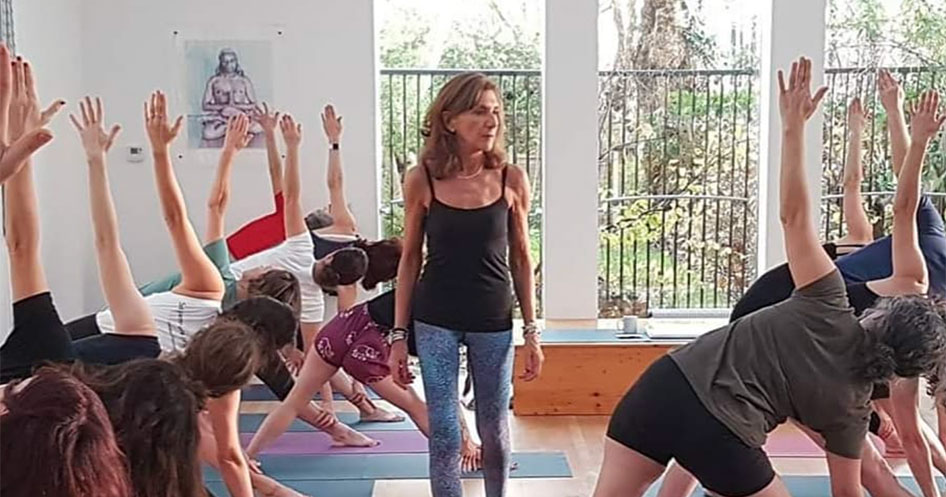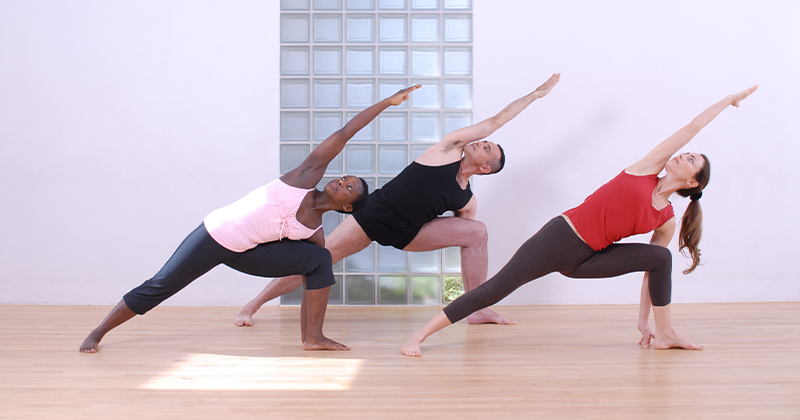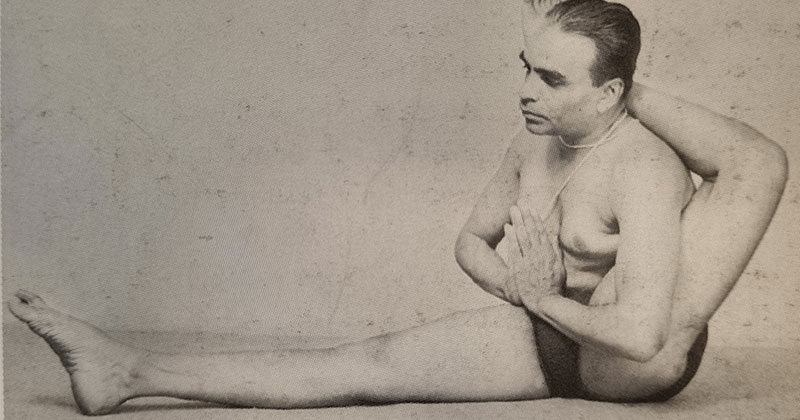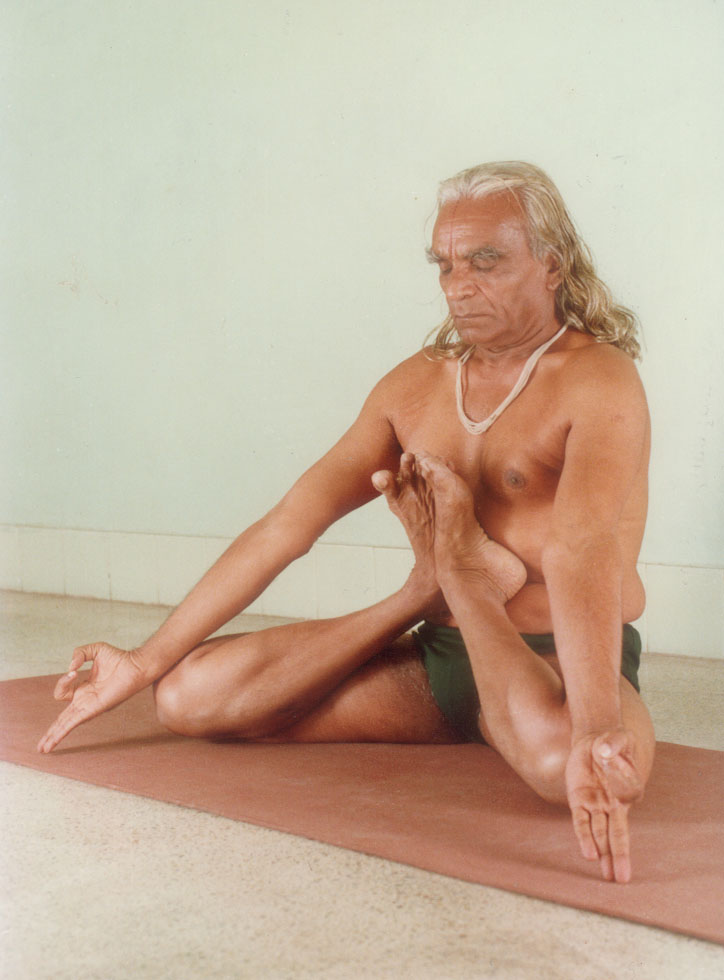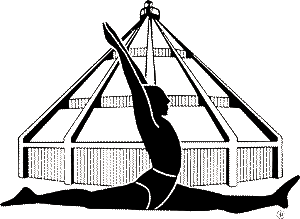
Building self practice, or sadhana, into a regular routine has many benefits. It gives you the opportunity to develop understanding and skill at your own pace and build on what you learn in class. While it is easy to understand why self practice is a good thing, it can be a challenge to make it a part of your day-to-day life. So, we have compiled some resources to help.
The concept of Sadhana
While the Sanskrit term sadhana is often translated directly as the English word ‘practice’, it has a more subtle meaning. In his English commentary and translation of the Yoga Sutras of Patanjali, BKS Iyengar defined sadhana in relation to the concept of abhyasa and kriya:
Sādhanā is a discipline undertaken in the pursuit of a goal. Abhyāsa is repeated practice performed with observation and reflection. Kriyā, or action, also implies perfect execution with study and investigation. Therefore, sādhanā, abhyāsa, and kriyā all mean one and the same thing. A sādhaka, or practitioner, is one who skillfully applies…mind and intelligence in practice towards a spiritual goal.
Practical Tips
On a more practical level, this two part article by teacher, Eyal Shifroni, lays out clear steps and ideas for students who want to develop a regular self practice. Published by the UK Iyengar Association, the first part is advice on how to start self-practice and the second part is for students who already practice at home and want to deepen their practice.
Establishing Self Practice – Part I >
Establishing Self Practice – Part II >
Sequences for Home Practice
Iyengar yoga Institute of New York Sequences
The Iyengar yoga Institute of New York has published home practice sequences that you can find on the links below. There are four sequences at each level. As Eyal mentions in his article above, it can be a good idea to stick a sequence on the wall in front of your mat or have it easily to hand so you can start your practice without having to think about which postures to work on.
Iyengar yoga Institute of New York Home Practice sequences – Level 1 >
Iyengar yoga Institute of New York Home Practice sequences – Level 2 >
Sequence for menstruation
During menstruation, it is recommended that twists and inversions are avoided and the abdomen should be kept soft during all postures.
“From the day menstruation begins until the day it ends … one should stick to the practice of those asanas that do not obstruct the menstrual flow and help a woman keep herself healthy. Only the asanas have to be done which do not make her run out of energy or bring any hormonal disturbance.” Geeta Iyengar
Sequences by Pixie Lillas
Senior teacher and friend of Maida Vale, Pixie Lillas, has published a series of illustrated sequences with details of key actions for each pose and timings. They are clear to follow and cover a range of levels and concerns.
35 Mins – Basic Standing Pose Sequence >
40 Mins – Basic Forward Bend Sequence >
40 Mins – Dynamic Morning Sequence >
65 Mins – Backbends for Students with 6-18 Months’ Experience >
30 Mins – Upper Back Opening Sequence >
65 Mins – Energising Backbends for Students with 6-18 Months’ Experience >
45 Mins – Calming Sequence for Insomnia >
45 Mins – Standing Pose Sequence to Build Accuracy of Feet and Leg Work >
90 Mins – Backbend Sequence for Experienced Students >
Sequence for Emotional Stability
At the end of BKS Iyengar’s book, Light On Life, he includes a sequence for developing emotional stability using supported postures. It includes extended stays making it suitable for experienced practitioners who are able to maintain concentration and relaxation in each asana.
Blog categories
Become a member
Join our community to get reduced class prices, early booking for events and workshops plus access to the studio for self practice.
Recent news and articles
2024 Convention – Group Livestream Event
7 March 2024|
The First Public Iyengar Yoga Class in the UK
22 November 2023|
NEW Hybrid Classes
5 September 2023|
7 Day Visitor’s Pass
26 June 2023|
Geeta Iyengar on Why We Practise Difficult Asanas
26 June 2023|
